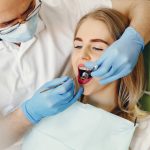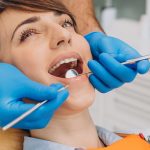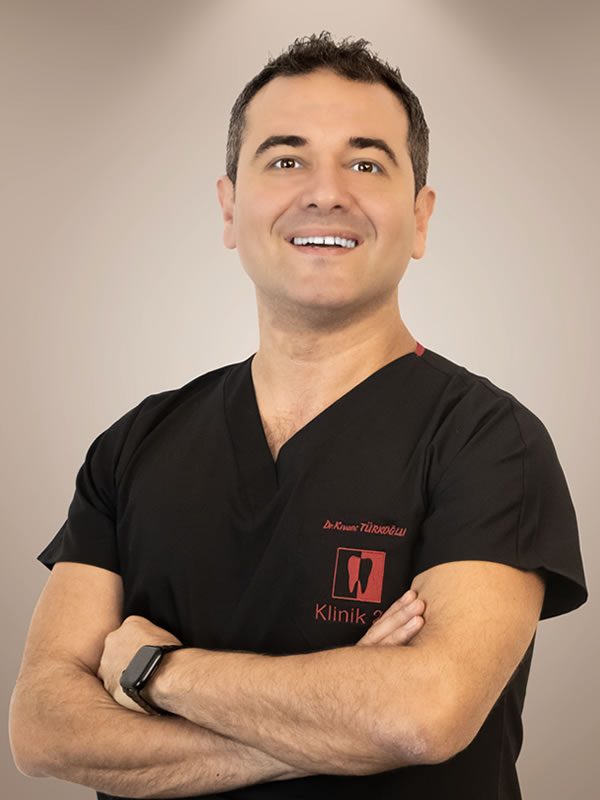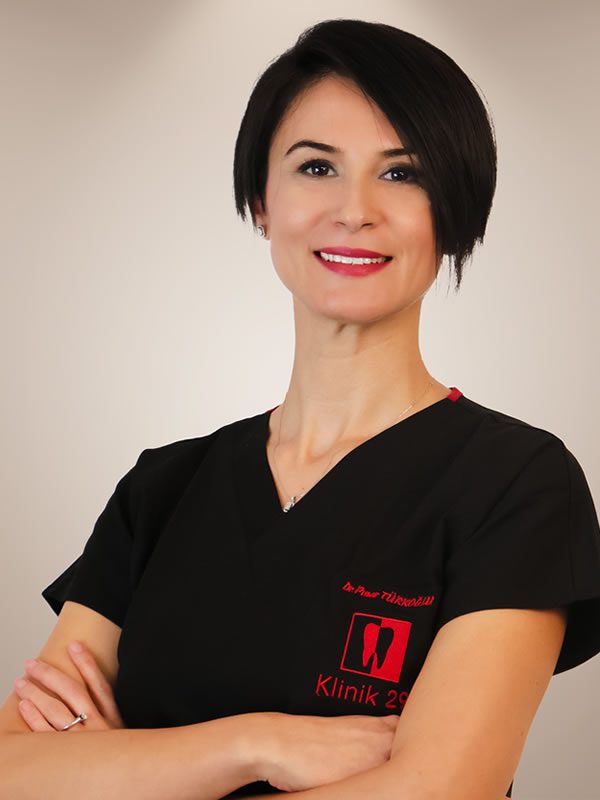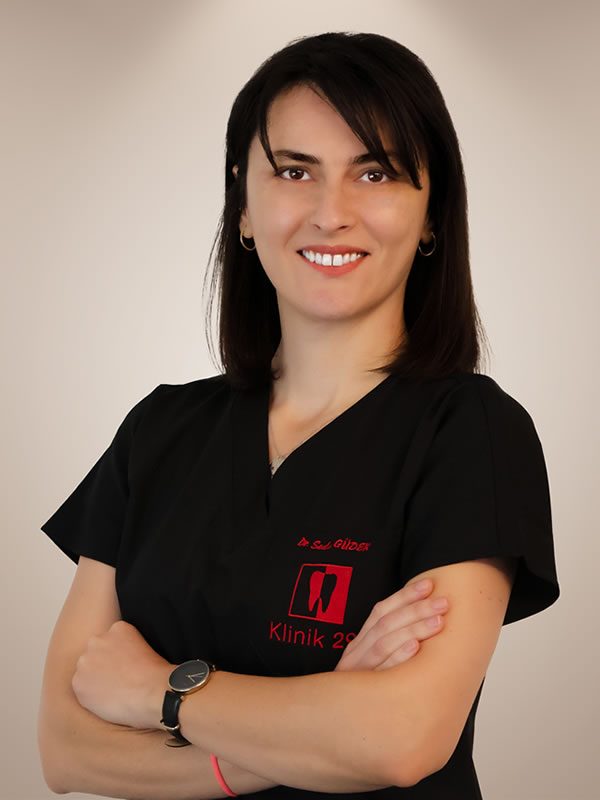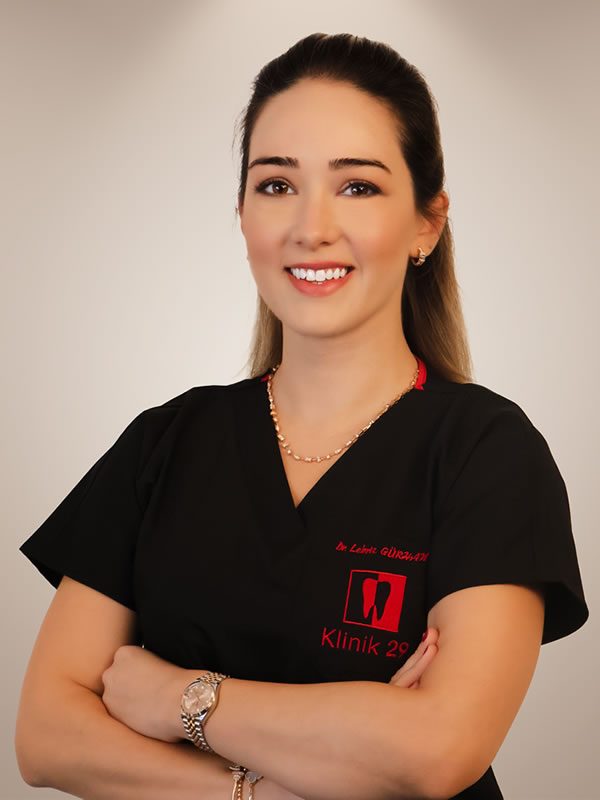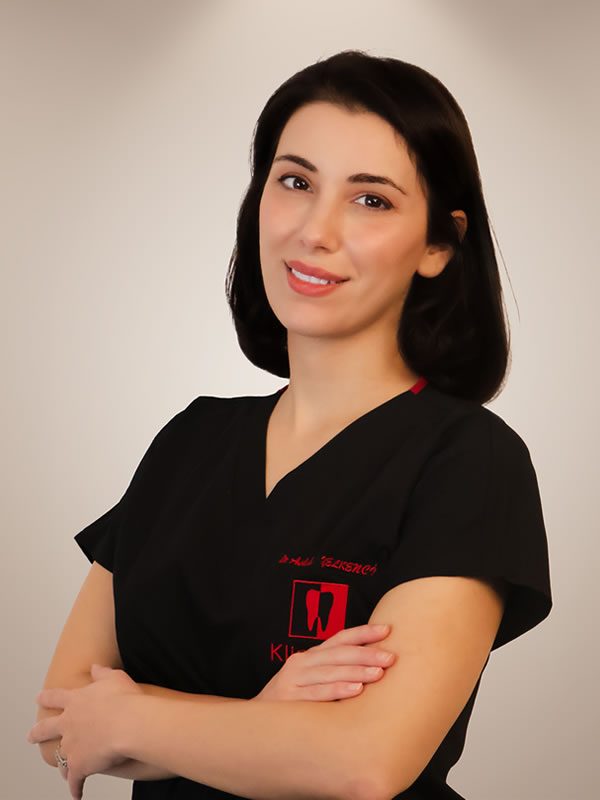
Zirconium porcelain bridge teeth use a white-colored zirconium alloy instead of metal. The Full Porcelain bridge dental system, also known as Metal-Free Bridge or Metal-free Supported Bridges, provides a significant advantage with its exceptionally high durability, ensuring a fully aesthetic appearance for bridges in the posterior region. The process of reducing and covering teeth, due to cavities, fractures, or other reasons causing excessive substance loss, is referred to as a crown.
A bridge, on the other hand, is a procedure where one or more missing teeth are replaced by reducing adjacent teeth and filling the gaps with special coverings for support. Zirconium dental coatings, with their ability to transmit light, offer a much more aesthetic appearance compared to traditional metal dental coatings. Additionally, zirconium dental coatings exhibit excellent compatibility with the gums. Unlike metal-supported coatings, they do not cause any disease or allergic problems in the gums.
In porcelain with a zirconium base, a white alloy called zirconium is used instead of metal.
Zirconium-based porcelains are both natural and aesthetic enough for use in anterior teeth and resistant enough for use in posterior teeth. Therefore, zirconium-based porcelains can be confidently preferred for both anterior and posterior teeth.
Advantages of Zirconium Dental Coating
Zirconium-based porcelains can achieve a perfect harmony with natural teeth due to their light-transmitting properties. This allows for excellent aesthetic results, with no artificial appearance due to the absence of metal reflections. Gum compatibility is much better than traditional metal-based porcelains. Gum discolorations, often seen in metal-based porcelains, are completely invisible in zirconium. As a material that is 99% tissue-friendly, zirconium does not cause allergies.
It is more advantageous for overall body health compared to metal-supported prosthetics. With its excellent heat insulation property, zirconium transmits less heat to the teeth compared to metal-based porcelains. Thus, zirconium dental coatings prevent the occurrence of hot/cold sensitivity in the treated teeth. With a high resistance of 900-1200 mega pascals, they can be safely used in posterior areas. Despite their strength, they are delicate and aesthetic enough to transmit light.
Due to their ability to mask the underlying tooth color, they can achieve perfect aesthetic results even in very dark-colored teeth. Produced with great precision, they perfectly fit the cut tooth surface. Thus, there is no space for bacteria to penetrate between the zirconium porcelain and the tooth, preventing the formation of cavities.
They are healthy materials that do not cause disruptions in taste sensation, gum problems, or bad breath in the mouth. They can be used confidently in both anterior and posterior teeth.
What Should I Pay Attention to After Zirconium Coating?
After coating, adhering to daily oral hygiene rules and visiting the dentist for a check-up every 6 months eliminates the need for extra procedures or precautions. Zirconium dental coatings are as resistant to pressure as our natural teeth, allowing for normal daily activities such as cutting and chewing.
Can Zirconium Coating Treatment Be Applied to Those Allergic to Metal?
Allergies were a common issue in old-fashioned metal-supported dental coatings. Zirconium allergies, although varying from patient to patient, are much rarer compared to metal-supported coatings. Therefore, zirconium is a priority option for allergic individuals.
Does Zirconium Coating Cause Color Changes Over Time?
Zirconium coatings do not cause discoloration over time. Adhering to daily oral hygiene rules and regular dental check-ups every 6 months will keep them in the mouth for many years.
Is Breakage or Detachment of Zirconium Coating Teeth Common?
Routine use does not typically result in breakage when designs are made by accurately determining the patient’s chewing movements and the relationship between the two jaws. Although the resistance to breakage of zirconium is higher than that of teeth, a severe trauma or a strong impact resulting from an accident can cause tooth breakage.
The adhesives, known as “cement,” used in the application of zirconium coating have chemical properties that are ideal for both tooth and zirconium adhesion. Principles aimed at increasing adhesion are also utilized during the abrasion of teeth, and the detachment of coatings from teeth is a rarely encountered situation.
Can Zirconium Coating Be Applied to Those with Gum Disease?
Applying a coating when the gums are inflamed is not a correct procedure. In the presence of possible gum inflammation, the goal is to treat the gums first to achieve a healthy appearance. Subsequently, a zirconium coating that is non-harmful to the gums should be planned and applied.




